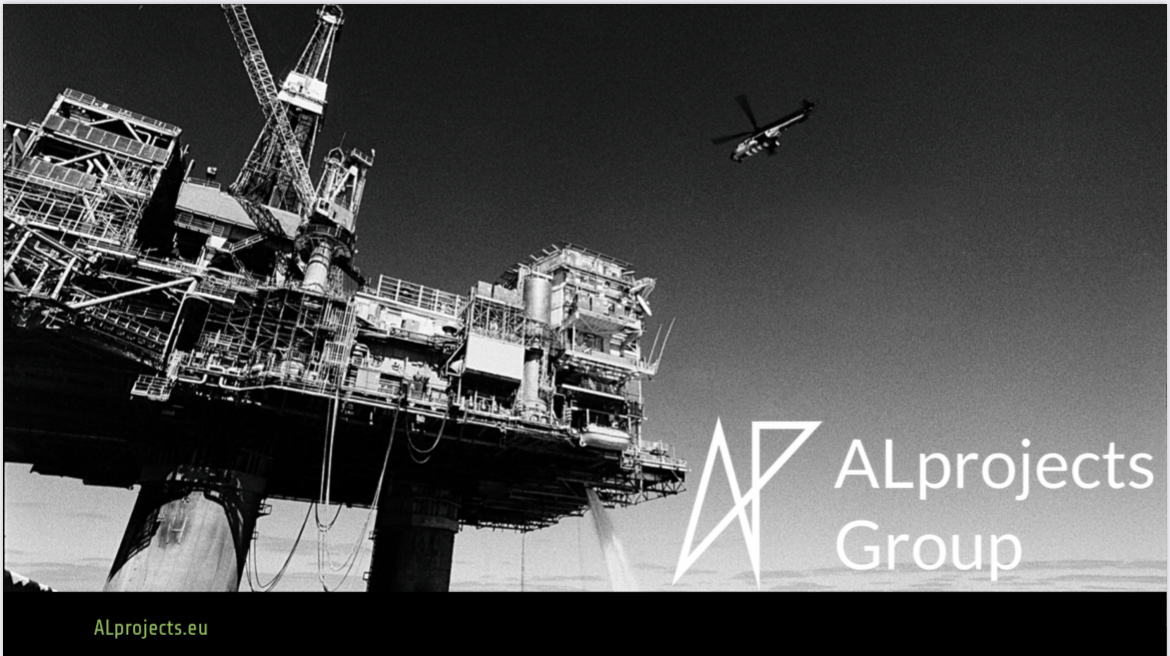While recent developments have introduced some uncertainty, the fundamental drivers of Nvidia’s … [+] growth remain robust.
As the world’s largest semiconductor company prepares to release its fourth-quarter fiscal 2025 (ending January 31, 2025) results post-market close on February 26, 2025, all eyes are on Nvidia Corporation (NVDA). With a staggering market capitalization of $3.4 trillion, the Santa Clara-based tech giant has become synonymous with the AI revolution, transforming from a gaming-focused GPU maker into a full-stack computing powerhouse reshaping global industries.
The upcoming earnings report comes at a crucial time for Nvidia, as investors seek clarity on whether the company can maintain its extraordinary growth trajectory amid emerging competition and evolving market dynamics. This analysis explores what investors should know before this pivotal earnings announcement.
How The AI Industry Has Changed So Far In 2025
The artificial intelligence landscape witnessed significant shifts in early 2025, marked by the emergence of new players and technological breakthroughs. One of the most notable developments has been the rise of the Chinese research lab DeepSeek, which demonstrated the ability to train competitive AI models at a fraction of the traditional computing power requirements, challenging conventional assumptions about AI infrastructure needs.
Despite these disruptions, major tech companies have doubled their AI investments. Industry giants like Meta Platforms (META), Alphabet (GOOG), and Amazon (AMZN) have announced record-breaking capital expenditure plans for 2025, with Meta planning to spend up to $65 billion on AI infrastructure (up from $39.2 billion last year), Alphabet projecting $75 billion in capital expenditures. Amazon potentially exceeds $100 billion in AI-related investments
Nvidia’s Recent Performance
Nvidia’s stock has demonstrated remarkable strength, surging 136.7% over the past 52 weeks and significantly outperforming the S&P 500 Index’s 25% gain and the Technology Select Sector SPDR Fund’s 17.9% return. However, the stock trades approximately 11% below its early January 2025 record high, following concerns about DeepSeek’s technological breakthrough.
The company’s financial performance has been equally impressive, with its most recent quarterly results showcasing the tremendous demand for AI computing solutions. In fiscal Q3 2025, Nvidia reported record Data Center revenue of $30.8 billion, representing a 112% year-over-year increase. Total revenues reached an all-time high of $35.1 billion, up 93.6% from the previous year, while net income grew by 108.9% to $19.3 billion.
Current market sentiment remains decisively positive, with 36 out of 43 analysts maintaining “Strong Buy” ratings on the stock. The mean price target of $176.55 suggests a potential 25.4% upside from current levels, reflecting continued optimism about Nvidia’s growth prospects.
Key Drivers of Nvidia’s Outlook Expectations
The primary catalyst driving Nvidia’s outlook continues to be the unprecedented demand for AI computing infrastructure. The company’s latest Blackwell architecture, particularly the GB200 NVL72 system, offers performance capabilities that are 30 times faster than previous generations for AI inference tasks, positioning Nvidia to maintain its market leadership.
The company’s dominant position in the data center GPU market, where it captured an astounding 98% market share in 2023, provides a strong foundation for continued growth. The H100 GPU was the hottest AI data center chip globally in 2023, later superseded by the H200 and now by the entirely new generation of GPUs based on Nvidia’s Blackwell architecture.
CEO Jensen Huang’s recent comment about “insane” demand following Blackwell’s broad release at the end of 2024 suggests a strong market reception, with sales reportedly meeting high expectations. Major customers’ aggressive infrastructure expansion plans further support the outlook for sustained demand growth.
Expectations for Nvidia’s Upcoming Earnings Report
Analysts expect NVIDIA to report EPS of $0.79 for the upcoming quarter, reflecting a 61.2% year-over-year increase from last year’s $0.49. The consensus revenue forecast of $38.1 billion exceeds management’s guidance of $37.5 billion, signaling market confidence in NVIDIA’s ability to outperform expectations.
The company has consistently delivered earnings surprises, beating estimates by:
- 16.67% in Q1 2024
- 13.73% in Q2 2024
- 8.33% in Q3 2024
- 11.43% in Q4 2024
Looking ahead to fiscal 2026, analysts project 43.2% year-over-year EPS growth, with earnings expected to reach $3.98 per share, up from $2.77 in fiscal 2025. Longer-term forecasts see EPS climbing to $4.92 in 2027 and $6.26 in 2028, reflecting continued momentum in AI-driven growth.
Wall Street focuses on the company’s guidance for fiscal 2026’s first quarter, with analysts forecasting nearly $42 billion in revenue. If management’s guidance tops this number, it could help alleviate concerns about the DeepSeek development’s impact on demand.
Factors Which Could Impact This Earnings Report
Key factors could significantly influence Nvidia’s upcoming earnings report and market reaction. Each element warrants careful consideration as investors position themselves ahead of the announcement.
Global Semiconductor Supply Chain
The global semiconductor supply chain remains critical to Nvidia’s ability to meet the surging demand for its products. While the company has successfully navigated previous supply constraints, its ability to secure sufficient manufacturing capacity and maintain efficient distribution channels will be crucial for meeting the ambitious growth expectations set by Wall Street.
The company’s relationships with key manufacturing partners and supply chain management strategies will be particularly important as it ramps production of its new Blackwell-based products while maintaining a supply of existing high-demand components.
The Emergence Of DeepSeek
DeepSeek’s recent announcement that it successfully trained competitive AI models for just $5.6 million, using older-generation GPUs, has raised questions about the necessity of cutting-edge hardware for AI development. However, major customer commentary suggests that any training workload reduction could be offset by increasing inference demands, particularly as newer AI models require more computational power for operation.
Meta Platforms CEO Mark Zuckerberg noted that inference workloads are now consuming increasing computing power as newer AI models spend more time “thinking” (test-time scaling). This perspective from one of Nvidia’s largest customers helps contextualize the evolving nature of AI infrastructure requirements.
Trends In Gaming And Crypto Markets
While AI and data center applications have dominated recent discussions, Nvidia’s gaming business remains significant. The gaming market’s health and potential cryptocurrency mining demand could impact overall results. However, these factors have become less important given the overwhelming significance of data center revenue, which accounts for approximately 88% of total revenue.
Opportunities For Nvidia Stock
Nvidia’s stock presents several compelling opportunities for investors. The company’s current valuation metrics, including a P/E ratio of 51.1, represent a 13% discount to its 10-year average P/E ratio 59.2. Based on forward earnings expectations for fiscal 2026 of $4.44 per share, the stock trades at an even more attractive forward P/E of 29.2.
This valuation gap suggests significant potential upside, as the stock would need to appreciate by 102% just to trade in line with its historical average P/E ratio, assuming current earnings forecasts prove accurate.
Major tech companies’ massive capital expenditure commitments suggest sustained strong demand for Nvidia’s products through 2025 and beyond. This provides a clear pathway for continued revenue growth and potential market share expansion in the AI infrastructure market.
Risks For Nvidia Stock
Despite the positive outlook, investors should consider several risk factors. The emergence of efficient training methods demonstrated by DeepSeek could potentially impact demand for high-end GPUs, particularly if similar approaches gain widespread adoption.
The stock’s high valuation, even at current discounted levels, leaves little room for execution missteps. Any indication of slowing growth or margin pressure could lead to significant price volatility, as evidenced by the 7% decline following the company’s Q3 earnings release in November 2024, despite strong results.
Competition in the AI chip market is intensifying, with both established players and startups working to develop alternative solutions. While Nvidia’s market position remains strong, maintaining its current market share may become increasingly challenging.
Bottom Line
Nvidia’s upcoming earnings report represents a crucial moment for the company and the broader AI industry. While recent developments have introduced some uncertainty, the fundamental drivers of Nvidia’s growth remain robust. Strong customer commitments, continuous innovation, and attractive valuation metrics suggest the company is well-positioned to maintain its leadership in AI computing infrastructure. As the February 26 earnings announcement approaches, investors should focus on management’s forward guidance and commentary about evolving market dynamics, which will likely provide valuable insights into Nvidia’s trajectory for the remainder of 2025 and beyond.











